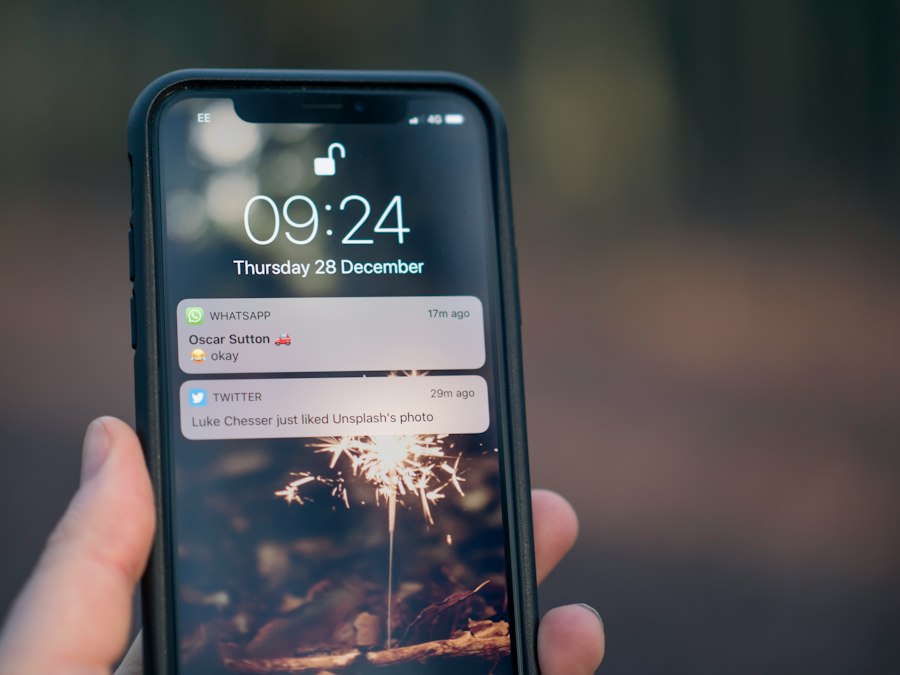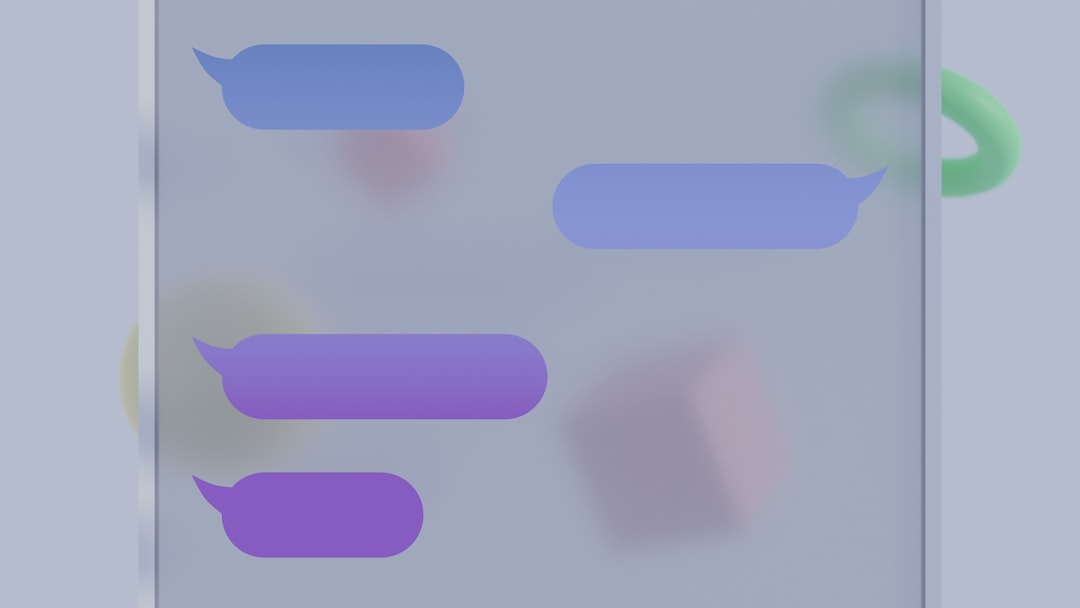In today’s digital age, personalization has become a key strategy for marketers to engage with their audience and drive better results. WhatsApp, being one of the most popular messaging apps in the world, provides a unique opportunity for businesses to connect with their customers on a more personal level. To help marketers leverage the power of personalization on WhatsApp, we have created the Personalization Playbook for WhatsApp.
The Personalization Playbook for WhatsApp is a comprehensive guide that outlines the strategies and techniques to effectively personalize your WhatsApp marketing campaigns. It covers everything from segmenting your audience to crafting personalized messages and measuring the success of your campaign. By following this playbook, you will be able to create more meaningful connections with your audience and achieve better results.
Key Takeaways
- Personalization is key to successful WhatsApp campaigns
- Segmenting your audience is crucial for effective personalization
- Understanding your audience’s demographics and behavior helps with segmentation
- Tailoring messages for each segment requires language and tone customization
- A/B testing and measuring success are important for optimizing personalization on WhatsApp
Importance of Segmenting Your Audience
Segmenting your audience is a crucial step in personalizing your WhatsApp marketing campaigns. By dividing your audience into smaller, more targeted segments, you can tailor your messages to their specific needs and preferences. This not only increases the relevance of your messages but also improves the chances of engagement and conversion.
One of the key benefits of segmenting your WhatsApp audience is that it allows you to deliver more personalized content. By understanding the different demographics and behaviors of your audience, you can create segments based on factors such as age, gender, location, interests, and past interactions. This enables you to send messages that are highly relevant and resonate with each segment, increasing the chances of conversion.
Understanding Your Audience: Demographics and Behavior
To effectively segment your WhatsApp audience, it is important to gather data on their demographics and behavior. There are several ways to collect this data, such as through surveys, website analytics, social media insights, and customer feedback. By analyzing this data, you can gain valuable insights into who your audience is and how they behave.
Demographics play a crucial role in segmenting your audience. By understanding the age, gender, location, and other demographic factors of your audience, you can create segments that are more targeted and relevant. For example, if you are a fashion retailer targeting young women, you can create a segment specifically for this demographic and send them messages about the latest trends and offers.
Behavioral data is equally important in segmenting your audience. By tracking how your audience interacts with your brand, you can identify patterns and preferences that can help you create more personalized segments. For example, if you notice that a certain group of customers frequently purchases a specific product, you can create a segment for them and send them personalized messages about similar products or offers.
Creating Segments for Your WhatsApp Campaign
Once you have gathered data on your WhatsApp audience, the next step is to create segments based on demographics and behavior. There are several tools and techniques that can help you segment your audience effectively.
One of the most common techniques for segmenting your WhatsApp audience is using customer relationship management (CRM) software. CRM software allows you to store and organize customer data, making it easier to create segments based on various criteria. You can also use CRM software to track customer interactions and behaviors, further enhancing your segmentation efforts.
Another technique for segmenting your WhatsApp audience is using tags or labels. Tags or labels allow you to categorize your contacts based on specific criteria. For example, you can tag contacts as “male” or “female” based on their gender, or “loyal customers” based on their past purchases. This makes it easier to send targeted messages to specific segments.
Tailoring Messages for Your Segments
Once you have created segments for your WhatsApp campaign, the next step is to craft messages that resonate with each segment. Personalized messages are more likely to grab the attention of your audience and drive better results.
To craft personalized messages, it is important to understand the needs, preferences, and pain points of each segment. This can be done by analyzing the data you have gathered on your audience and conducting market research. By understanding what motivates each segment, you can create messages that address their specific needs and interests.
For example, if you have a segment of customers who are interested in fitness, you can send them messages about new workout routines, healthy recipes, or exclusive discounts on fitness equipment. On the other hand, if you have a segment of customers who are interested in fashion, you can send them messages about the latest trends, styling tips, or upcoming sales.
Crafting Personalized Messages: Language and Tone

In addition to tailoring your messages to each segment, it is also important to consider the language and tone of your messages. The language and tone should match the preferences and characteristics of each segment to create a more personalized experience.
For example, if you are targeting a segment of young adults, you may want to use a more casual and informal tone in your messages. On the other hand, if you are targeting a segment of professionals, you may want to use a more formal and professional tone. By matching the language and tone of your messages to each segment, you can create a more personalized and engaging experience for your audience.
Using WhatsApp Features for Personalization
WhatsApp offers several features that can be used for personalization. These features allow you to enhance the user experience and create more meaningful connections with your audience.
One of the key features of WhatsApp is the ability to send multimedia messages. You can use this feature to send personalized images or videos to your audience. For example, if you have a segment of customers who recently purchased a product, you can send them a personalized video thanking them for their purchase and offering them a discount on their next purchase.
Another feature of WhatsApp is the ability to send location-based messages. This feature allows you to send messages to your audience based on their location. For example, if you have a segment of customers who live in a specific city, you can send them messages about local events or promotions happening in their area.
A/B Testing Your Personalized Messages
A/B testing is an important technique in WhatsApp marketing to measure the effectiveness of your personalized messages. A/B testing involves sending two different versions of a message to different segments of your audience and measuring the response rate.
To conduct A/B testing for personalized messages, you can create two versions of a message with slight variations in the content, language, or tone. For example, you can test two different subject lines or two different calls to action. By measuring the response rate of each version, you can determine which version performs better and optimize your messages accordingly.
Measuring the Success of Your WhatsApp Campaign
Measuring the success of your WhatsApp campaign is crucial to understand its impact and make informed decisions for future campaigns. There are several metrics that you can track to measure the success of your campaign.
One of the key metrics to track is the engagement rate. This includes metrics such as open rate, click-through rate, and response rate. By tracking these metrics, you can determine how well your messages are resonating with your audience and adjust your strategy accordingly.
Another important metric to track is the conversion rate. This includes metrics such as the number of purchases or sign-ups generated from your WhatsApp campaign. By tracking the conversion rate, you can determine how effective your messages are at driving action and optimize your campaign for better results.
Best Practices for Personalization on WhatsApp
To optimize your WhatsApp campaign for personalization, it is important to follow some best practices. These best practices will help you create more meaningful connections with your audience and drive better results.
One of the best practices for personalization on WhatsApp is to keep your messages short and concise. WhatsApp is a messaging app, and people expect quick and easy communication. By keeping your messages short and to the point, you can grab the attention of your audience and increase the chances of engagement.
Another best practice is to use emojis and stickers in your messages. Emojis and stickers can add a personal touch to your messages and make them more engaging. However, it is important to use them in moderation and ensure that they are relevant to your message.
Personalization plays a crucial role in WhatsApp marketing. By segmenting your audience, understanding their demographics and behavior, tailoring messages, using WhatsApp features, conducting A/B testing, and measuring the success of your campaign, you can create more meaningful connections with your audience and achieve better results. By implementing the Personalization Playbook for WhatsApp, you can take your WhatsApp marketing to the next level and drive success for your business.
If you’re looking to take your personalization efforts to the next level on WhatsApp, you won’t want to miss this insightful article from Martech. In their piece titled “The Power of Personalization: How to Segment Your Audience and Tailor Messages for WhatsApp,” they delve into the importance of understanding your audience and crafting targeted messages that resonate with them. With practical tips and strategies, this article is a must-read for anyone looking to optimize their WhatsApp marketing campaigns. Check it out here.
FAQs
What is the Personalization Playbook?
The Personalization Playbook is a guide that helps businesses tailor their marketing messages to specific audiences on WhatsApp.
What is audience segmentation?
Audience segmentation is the process of dividing a larger audience into smaller groups based on shared characteristics such as demographics, behavior, or interests.
Why is audience segmentation important?
Audience segmentation allows businesses to create more targeted and personalized marketing messages that are more likely to resonate with specific groups of people.
What are some ways to segment an audience on WhatsApp?
Some ways to segment an audience on WhatsApp include using customer data such as age, location, and purchase history, as well as analyzing user behavior and engagement with previous marketing messages.
What are some benefits of tailoring messages for specific audiences on WhatsApp?
Tailoring messages for specific audiences on WhatsApp can lead to higher engagement rates, increased customer loyalty, and ultimately, higher sales and revenue for businesses.
What are some best practices for personalizing messages on WhatsApp?
Some best practices for personalizing messages on WhatsApp include using the recipient’s name, referencing previous interactions or purchases, and using language and tone that is appropriate for the specific audience segment.

